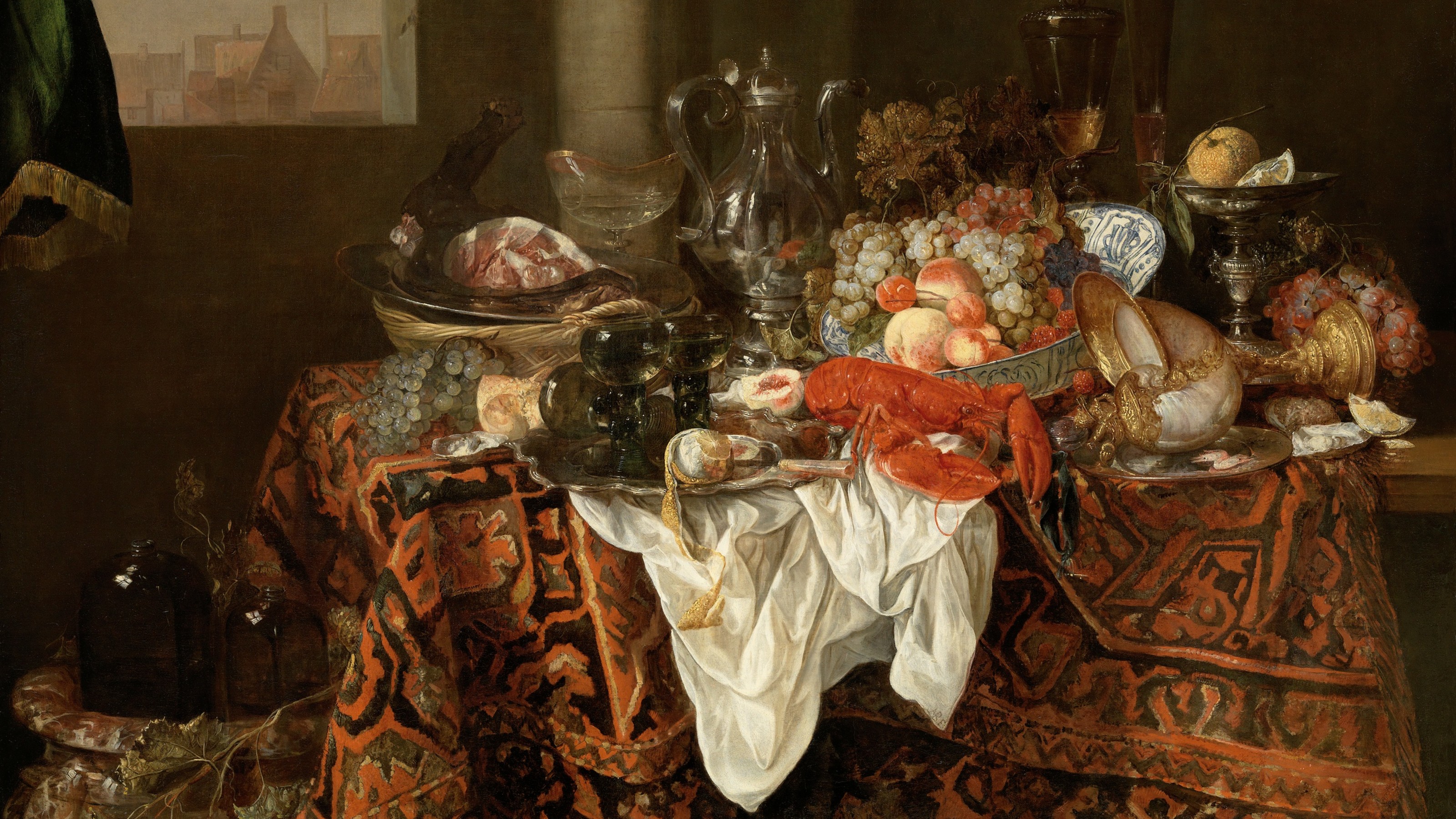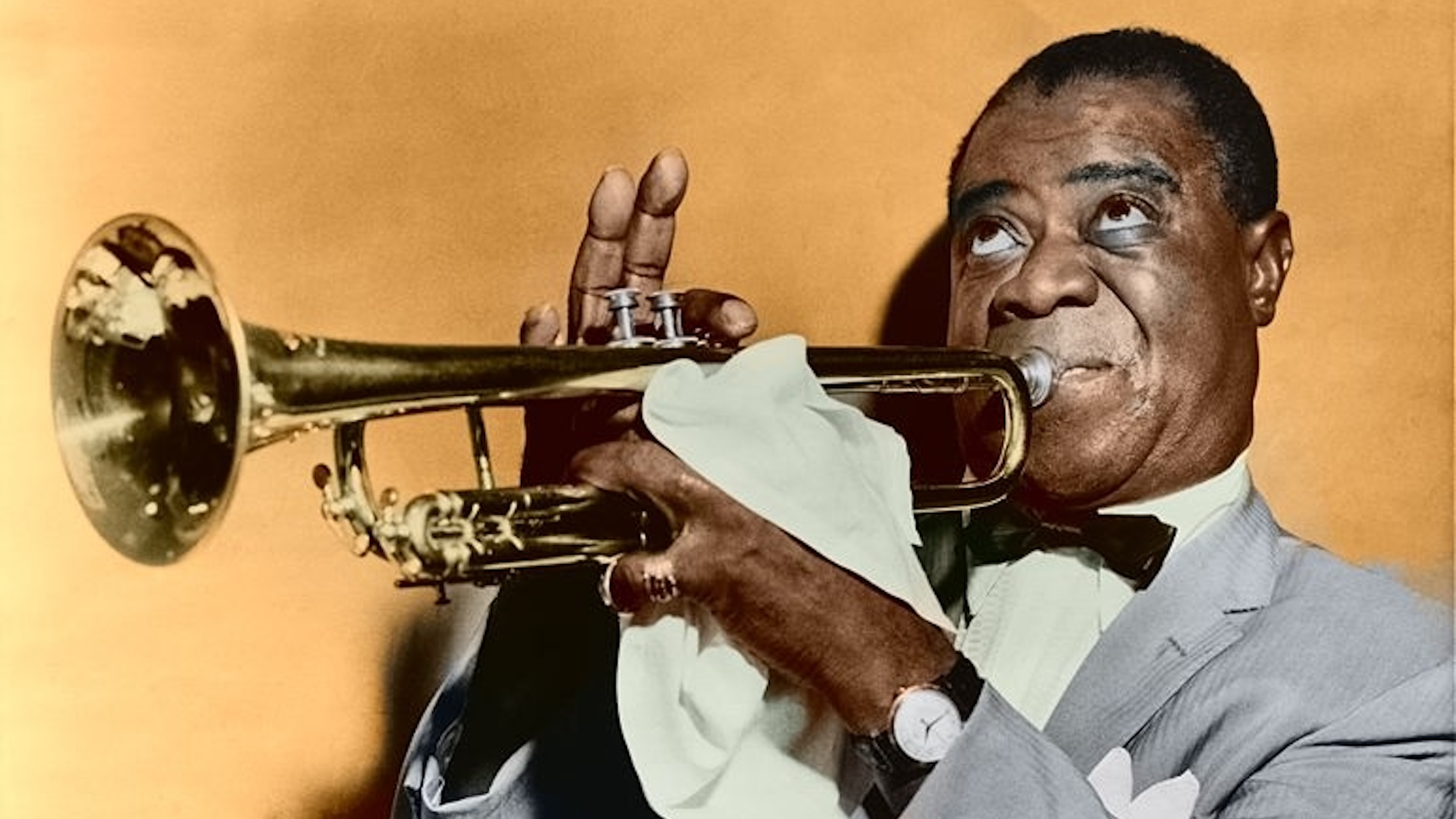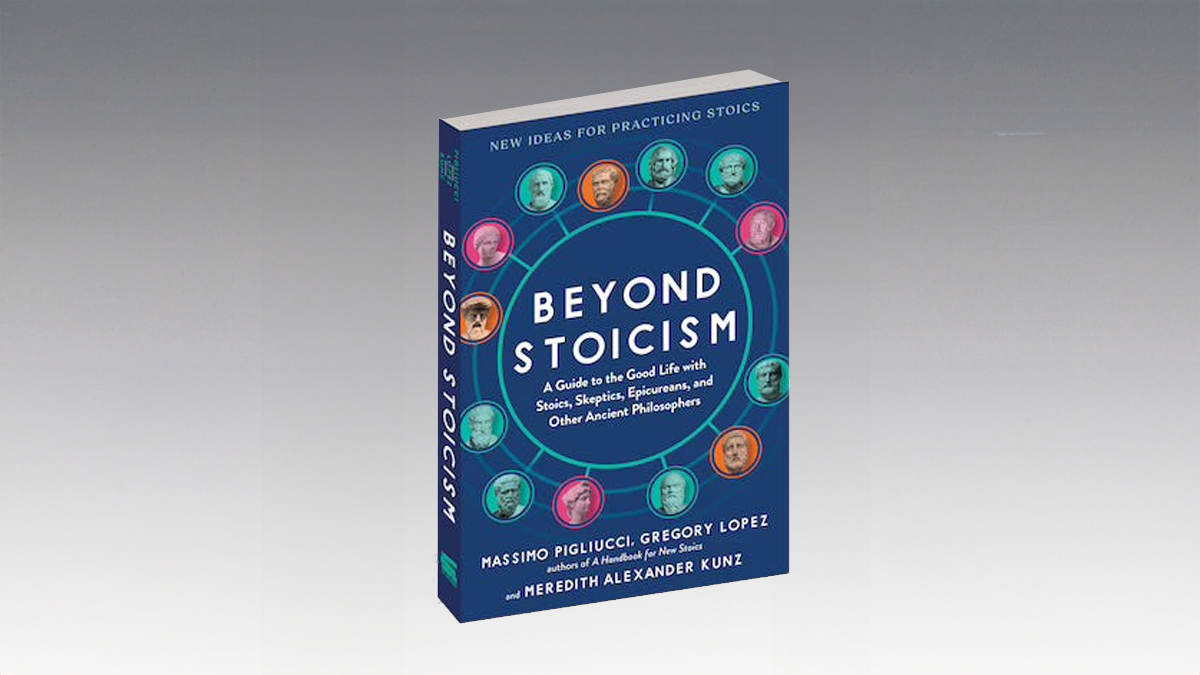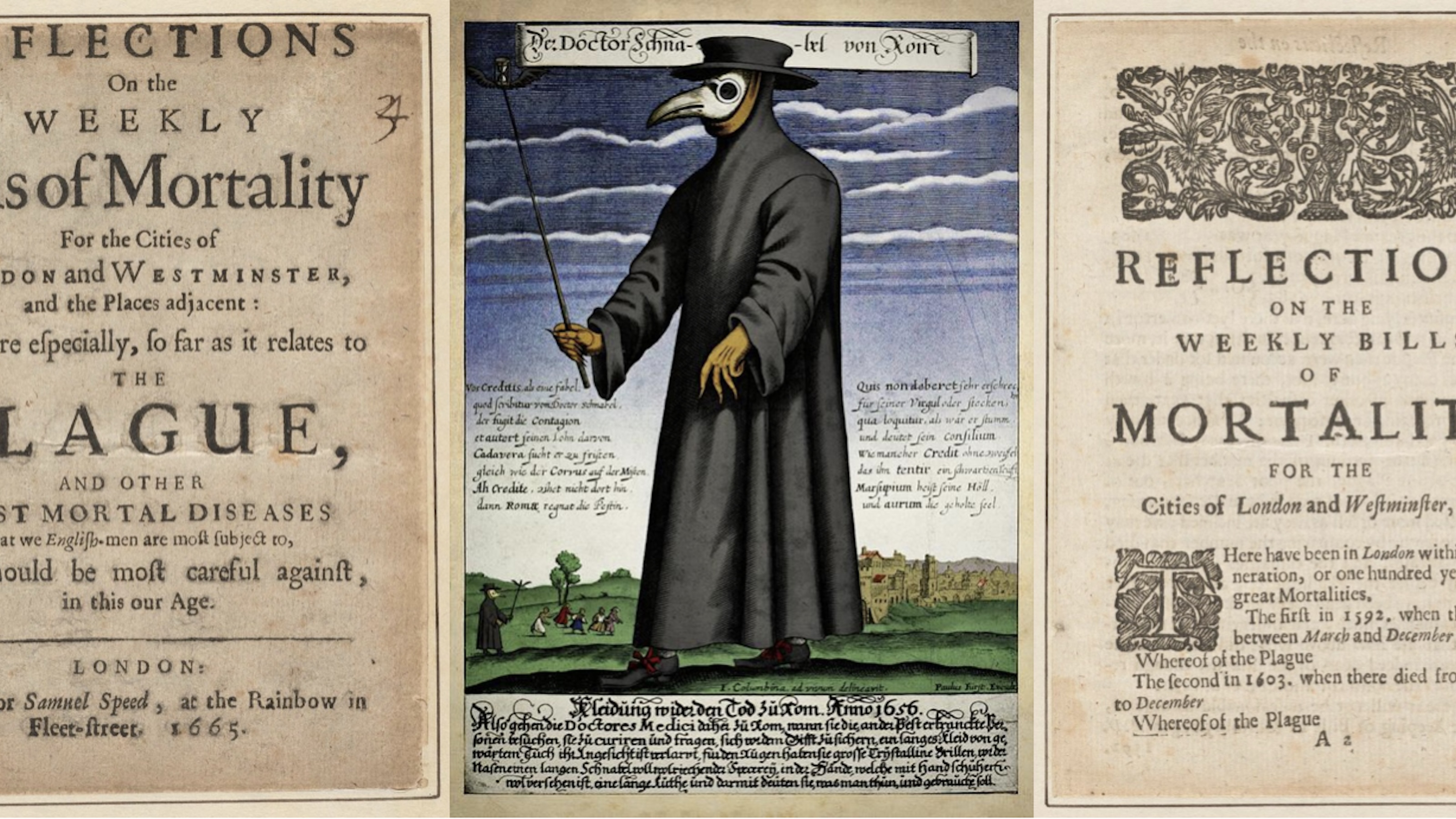The Jesuit priest talks about what it’s like to lead a life of poverty and celibacy.
Question: How does one become a Jesuit?
James Martin: Becoming a Jesuit is kind of a long process. You start as a Jesuit novice, which is two years in a place called the Novitiate and you do a combination of prayer and working with the poor. In the middle of all that two years you do a thirty day silent retreat based on what are known as the spiritual exercises of Saint Ignatius Loyola, which is kind of an imaginative placing yourself in the gospel scenes and sort of accompanying Jesus through the gospel scenes imaginatively. After the Novitiate you take what are called your simple vows of poverty, chastity and obedience. After that you do what is called first studies, which is a combination of philosophy and theology and then following that you do three years of full time work, which is called in the Jesuits, regency. Most Jesuits like to teach. They’ll teach in a high school somewhere. I worked overseas in the Jesuit refugee service helping refugees in East Africa start small businesses for themselves. So after that three years is done you go to theology studies and three or four years of theology studies and if you’re a priest you get ordained at the end. There is Jesuit brother as well, people who are Jesuits, but are not called to the priesthood and then after ordination you work full time for a couple of years. I’m working at a Catholic magazine. And finally, at the end of probably five or six years after that you take what are called your final vows, so the whole process is pretty long. It took me 21 years to become a Jesuit, which I think was a little too long for my taste, but that is pretty average. It takes about 20 years to become a full-fledged Jesuit. I like to say it’s like being a made man in the mafia or getting tenure at a university or becoming a partner. You know you’ve been in for a while, but you’re finally, finally fully accepted, so it’s a pretty long process.
Question: What is Jesuit poverty and how has it changed over the years?
James Martin: Poverty is one of the three vows that we take. We take a vow of poverty, chastity and obedience. Initially Saint Ignatius Loyola when he had his conversion experience he was injured in a battle and was taken home to recuperate and started to think about doing something else with his life. He became very ascetical and gave up everything and really lived like a hermit, lived in a cave, let his fingernails grow long, his hair grow long and ultimately he realized that this wasn’t really doing him much good and he needed to moderate some of this. He ended up going back to school to learn and so he thought, well Jesuits should be free of material possessions, but they don’t have to live you know like they’re hermits, like they’re living in a cave and eating twigs and things like that. It’s not a complete poverty, so Jesuit poverty is really about freedom. It’s about the freedom of not owning. It’s about the freedom of living simply and it’s also about the freedom to not let any possessions come in between you and God. At the same time it’s supposed to help us identify with the poor. We do a lot of work with the poor and we’re supposed to try to live as close as possible to what Saint Ignatius calls a family of slender means, you know people who don’t have a lot and also it’s supposed to model Christ. I mean Jesus when he lived on the earth was living very simply as a very simple man and so those are the three things. It frees us up for service. It makes it so we don’t have a lot of possessions to tie us down. It helps us identify with the poor and it’s an imitation of Christ. It’s really trying to follow Christ more closely.
Question: Is chastity really possible?
James Martin: Chastity is the most difficult thing to explain about religious life. I mean most people think it’s crazy or unhealthy or unnatural. After the sex crisis did people think that the sex abuse crisis from chastity or from celibacy? But it’s really as I see it a different way to love. It’s certainly not for everybody. I mean clearly you know most people are in romantic love and married lives and having children, but for some of us it works and really what it is it’s loving many people freely and deeply. You’re not attached to just one person. You don’t have an exclusive relationship, so you’re free to love many people, which is not to say that people who are married or are in a romantic relationship can’t love many people. It’s just to say that this is what works best for people in religious orders and I find it very freeing. I find people can be freer with me in a sense. When I become close friends with somebody they’re not wondering is he becoming friends because of sex. Does he have an ulterior motive, something like that? Men and women can feel comfortable with you and really in a practical level it makes you a lot more mobile. You’re not in a sense worried about what your wife or husband is going to be thinking about your moving or taking a new job, so it can be very freeing, but it really freaks people out. Chastity, in a culture that values sex, and rightly so, it really disturbs people, but I think for those people who are called to it, it can work very well if you live it in a healthy way, meaning if you have friends and have healthy work and a healthy prayer life, so I’m all for it, but it’s not for everybody.
Recorded on March 26, 2010





